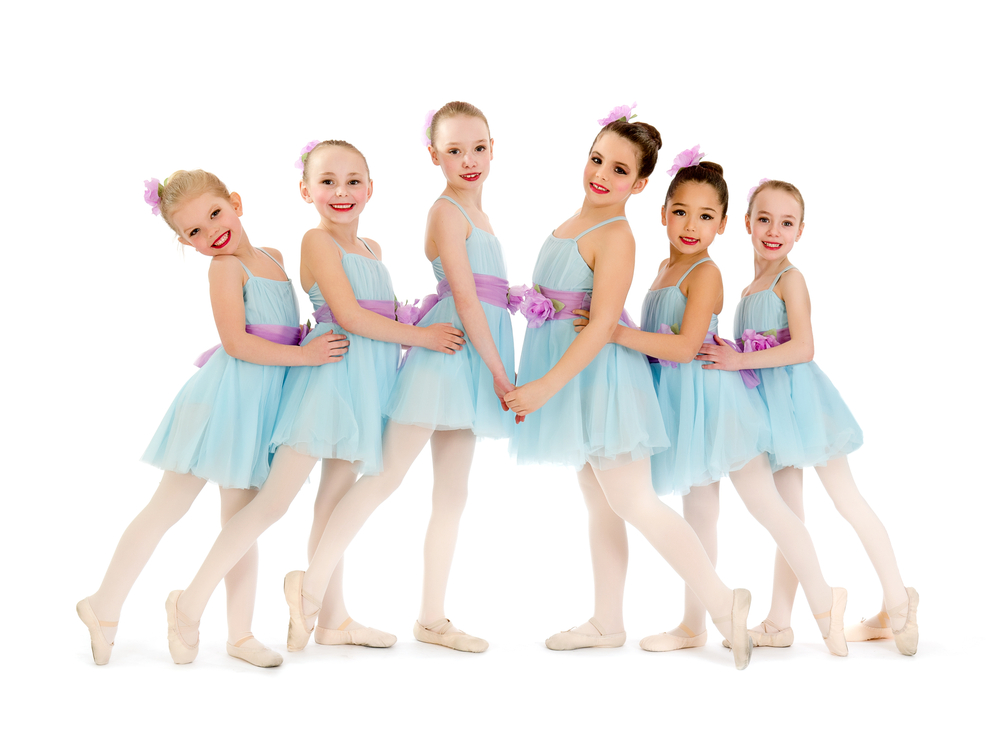Ballet
- Follow the RAD syllabus
- Great for style, grace, posture and strength
- Beautiful, artistic and technically demanding
Ballet forms the basis of all types of dance. It is great for perpetuating style, grace, good posture and strength. It is a beautiful, artistic and technically demanding art form appreciated by audiences throughout the world. We follow the syllabus of the Royal Academy of Dance (RAD) which is the largest teaching and examining organisation in the world as well as the most respected ballet organisation.
Pre-Primary Class
Available from 2.5 years these are fun classes especially created for this pre-school age group; based around a ballet technique developing the children, through music, movement and imagery.
Primary
At this stage the children will learn to dance in many different ways. They will start to build knowledge of some ballet steps along with the terminology. Mime and props are still used to enhance their imagination. Beginners to Primary Grade start with the introduction and development of basic feet and arm positions and the basic steps e.g. plies (knee bends), rises, point and close, sautés (jumps), petit jetes (springs from foot to foot), spring points and travelling steps such as walking on the demi-pointe (tiptoes), skips, running and gallops.


From Grade 1 upwards we introduce Barre work which aims to promote strength, placing and turnout and prepares students for technically advanced steps to be performed in the centre in later grades. Incorporated within these levels are Character steps which are simplified dances from Poland, Hungary and Russia. Along with this there is also a Free Movement section where the children are allowed to express themselves more freely through travelling steps and relaxation exercises.
After the barre work section students perform Centre work which includes Port De Bras (Carriage of the arms), degages (points), Chasses (sliding movements), arabesque and attitude lines and eventually movements like Pirouettes and Set Adage which is a combination of some of the above steps.
Pointe work is also taught once it is felt that a pupil has become technically proficient on demi-pointe and has developed enough muscle strength and bone development to sustain this technically demanding section.

 Tap
Tap